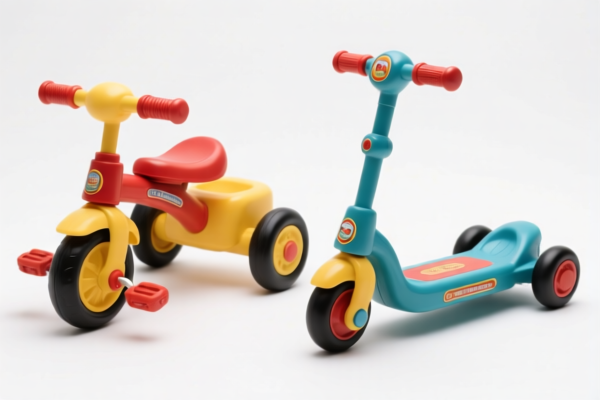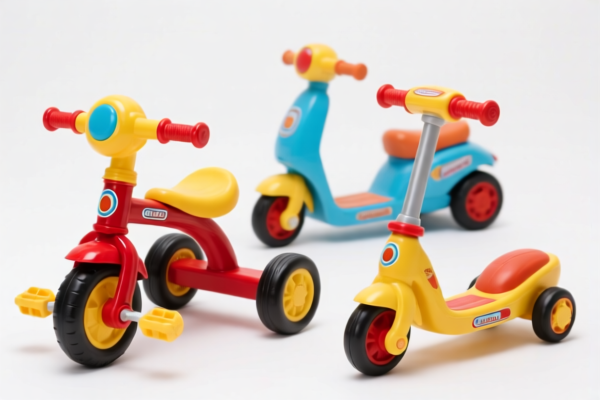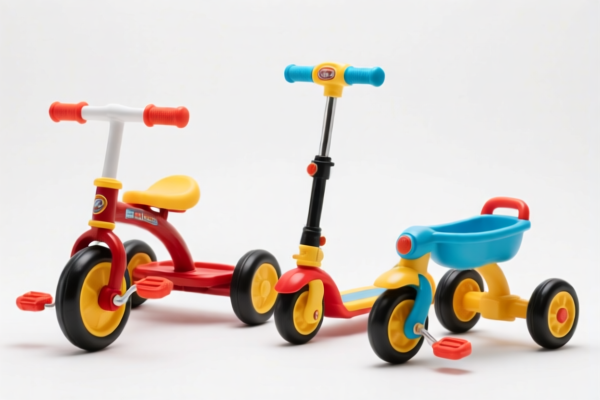| HS Code | Official Doc | Tariff Rate | Origin | Destination | Effective Date |
|---|---|---|---|---|---|
| 9503000090 | Doc | 30.0% | CN | US | 2025-05-12 |
| 9503000071 | Doc | 30.0% | CN | US | 2025-05-12 |
| 9504909080 | Doc | 37.5% | CN | US | 2025-05-12 |
| 9504904000 | Doc | 30.0% | CN | US | 2025-05-12 |
| 6217909095 | Doc | 52.1% | CN | US | 2025-05-12 |
| 6217909075 | Doc | 52.1% | CN | US | 2025-05-12 |
| 6307907500 | Doc | 34.3% | CN | US | 2025-05-12 |
| 6304996040 | Doc | 33.2% | CN | US | 2025-05-12 |
| 6304996030 | Doc | 33.2% | CN | US | 2025-05-12 |
| 3921904010 | Doc | 34.2% | CN | US | 2025-05-12 |
| 9208900080 | Doc | 42.8% | CN | US | 2025-05-12 |
| 9208900040 | Doc | 42.8% | CN | US | 2025-05-12 |
| 9507902000 | Doc | 41.2% | CN | US | 2025-05-12 |
| 9507907000 | Doc | 46.5% | CN | US | 2025-05-12 |




Game Props
Game props are objects used within games to enhance gameplay, storytelling, or aesthetic appeal. They encompass a wide variety of items, differing significantly based on game genre, setting, and intended function.
Material
The materials used in game props vary greatly, depending on the prop’s purpose and the game’s visual style.
- Physical Props (Tabletop/LARP): These are tangible items constructed from materials like wood, plastic, metal, foam, fabric, paper, and clay. Durability and aesthetic realism often dictate material choices.
- Digital Props (Video Games): These are created using 3D modeling software and textures. Common materials are represented through digital textures and shaders, simulating the appearance of wood, metal, glass, cloth, and other substances. The complexity of the material representation is determined by the game engine's capabilities and artistic direction.
Purpose
Props serve numerous purposes within a game:
- Gameplay Mechanics: Props can be integral to solving puzzles, completing quests, or interacting with the game world. Examples include keys, levers, potions, and tools.
- Storytelling & Worldbuilding: Props provide visual cues about the game's setting, history, and characters. A worn book, a family portrait, or a religious icon can reveal details about the game's narrative.
- Character Development: Props can be associated with specific characters, reflecting their personality, profession, or backstory. A detective's magnifying glass, a wizard's staff, or a warrior's sword are examples.
- Aesthetic Enhancement: Props contribute to the overall visual appeal of the game environment, creating a more immersive and believable world. Decorations, furniture, and environmental details fall into this category.
- Collectible Items: Props can be designed as collectible items, encouraging exploration and providing rewards for players.
Function
The function of a prop is directly tied to its purpose.
- Interactive Props: These props can be manipulated by the player, triggering events or changing the game state.
- Static Props: These props are primarily decorative and do not typically offer direct interaction.
- Consumable Props: These props are used up during gameplay, providing temporary benefits or effects (e.g., potions, food).
- Equippable Props: These props are worn or carried by characters, enhancing their abilities or providing protection (e.g., weapons, armor).
Usage Scenarios
- Role-Playing Games (RPGs): Props are essential for character interaction, quest completion, and inventory management.
- Adventure Games: Props are frequently used as puzzle elements, requiring players to find and use them in specific ways.
- Simulation Games: Props enhance the realism of the simulated environment, allowing players to interact with a detailed world.
- Strategy Games: Props can represent resources, buildings, or units, contributing to the game's strategic depth.
- Tabletop Games: Physical props represent game elements, such as terrain, characters, or items.
- Live Action Role-Playing (LARP): Props are tangible items used by players to represent their characters and interact with the game world.
Common Types
- Weapons: Swords, guns, bows, staffs, and other tools used for combat.
- Armor: Protective gear worn by characters to reduce damage.
- Potions & Consumables: Items that provide temporary benefits or effects.
- Keys & Locks: Used to access restricted areas or containers.
- Tools & Utensils: Items used for crafting, repairing, or performing specific tasks.
- Books & Scrolls: Contain information, clues, or spells.
- Furniture & Decorations: Enhance the visual appeal of the game environment.
- Currency & Trade Goods: Used for economic interactions within the game.
- Collectibles: Items with limited value, often used to encourage exploration.
- Quest Items: Essential for completing specific objectives.
Based on the provided information, “game props” can potentially fall under several HS code classifications, depending on the material and specific nature of the props. Here's a breakdown of relevant HS codes:
- 9504909080: This code covers “Video game consoles and machines, table or parlor games, including pinball machines, billiards, special tables for casino games and automatic bowling equipment, amusement machines operated by coins, banknotes, bank cards, tokens or by any other means of payment: Other: Other: Other Other”. This could apply if the game props are used with video game consoles or parlor games.
- Chapter 95: Miscellaneous manufactured articles.
- Heading 9504: Video game consoles and machines, table or parlor games.
- Subheading 95049090: Other.
- 9504904000: This code covers “Video game consoles and machines, table or parlor games, including pinball machines, billiards, special tables for casino games and automatic bowling equipment, amusement machines operated by coins, banknotes, bank cards, tokens or by any other means of payment: Other: Game machines, other than those operated by coins, banknotes (paper currency), discs or similar articles; parts and accessories thereof”. If the props are part of a game machine not operated by coins, this code may be applicable.
- Chapter 95: Miscellaneous manufactured articles.
- Heading 9504: Video game consoles and machines, table or parlor games.
- Subheading 95049040: Game machines, other than those operated by coins, banknotes (paper currency), discs or similar articles; parts and accessories thereof.
- 6307907500: This code covers “Other made up articles, including dress patterns: Other: Toys for pets, of textile materials”. If the game props are textile-based toys, this code could be relevant.
- Chapter 63: Other made up textile articles.
- Heading 6307: Other made up articles, including dress patterns.
- Subheading 63079075: Toys for pets, of textile materials.
According to the provided reference material, the HS code options related to 'game props' are limited, with only the following 3 found.
It is important to note that the final HS code classification will depend on the specific materials, construction, and intended use of the game props.
Customer Reviews
No reviews yet.